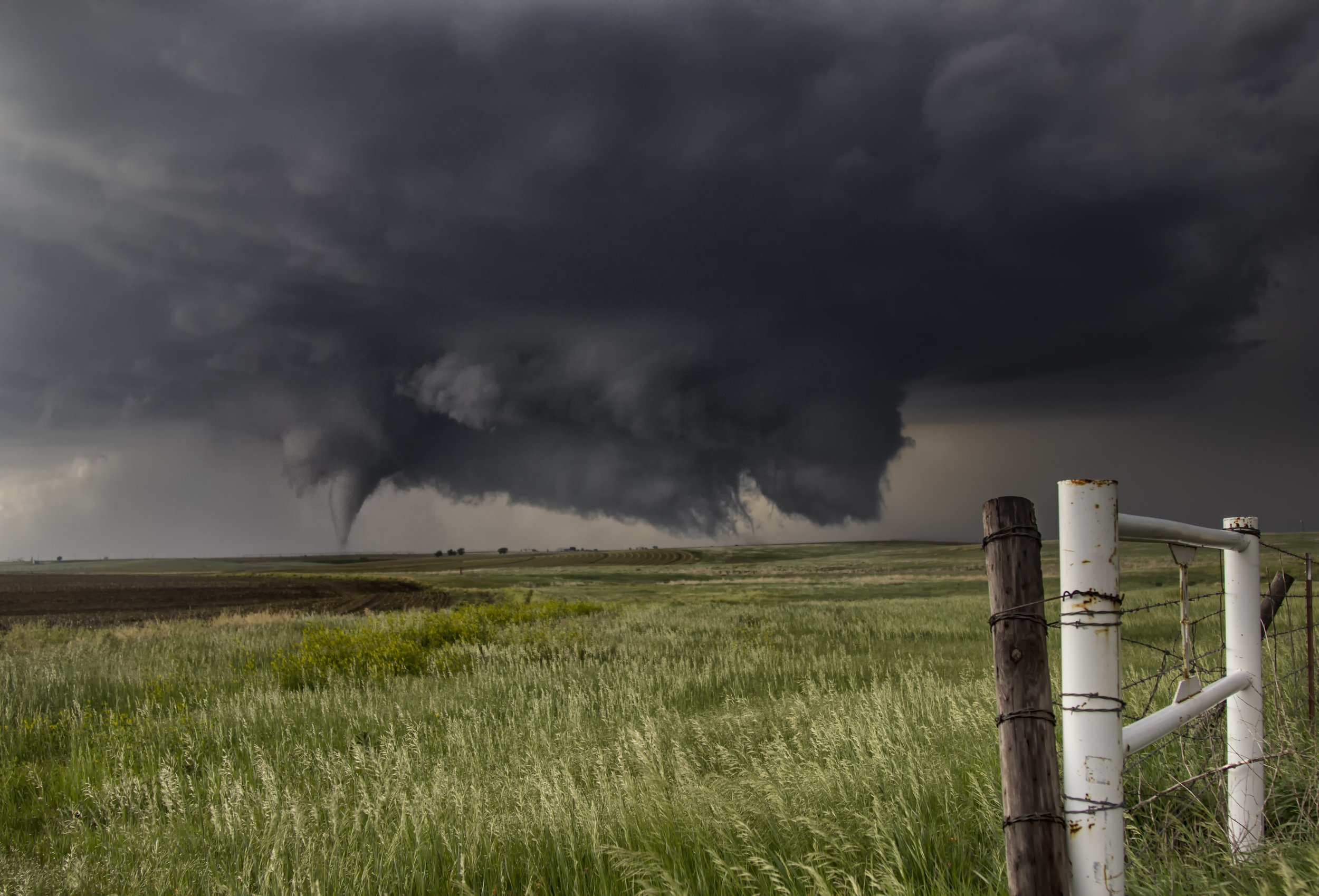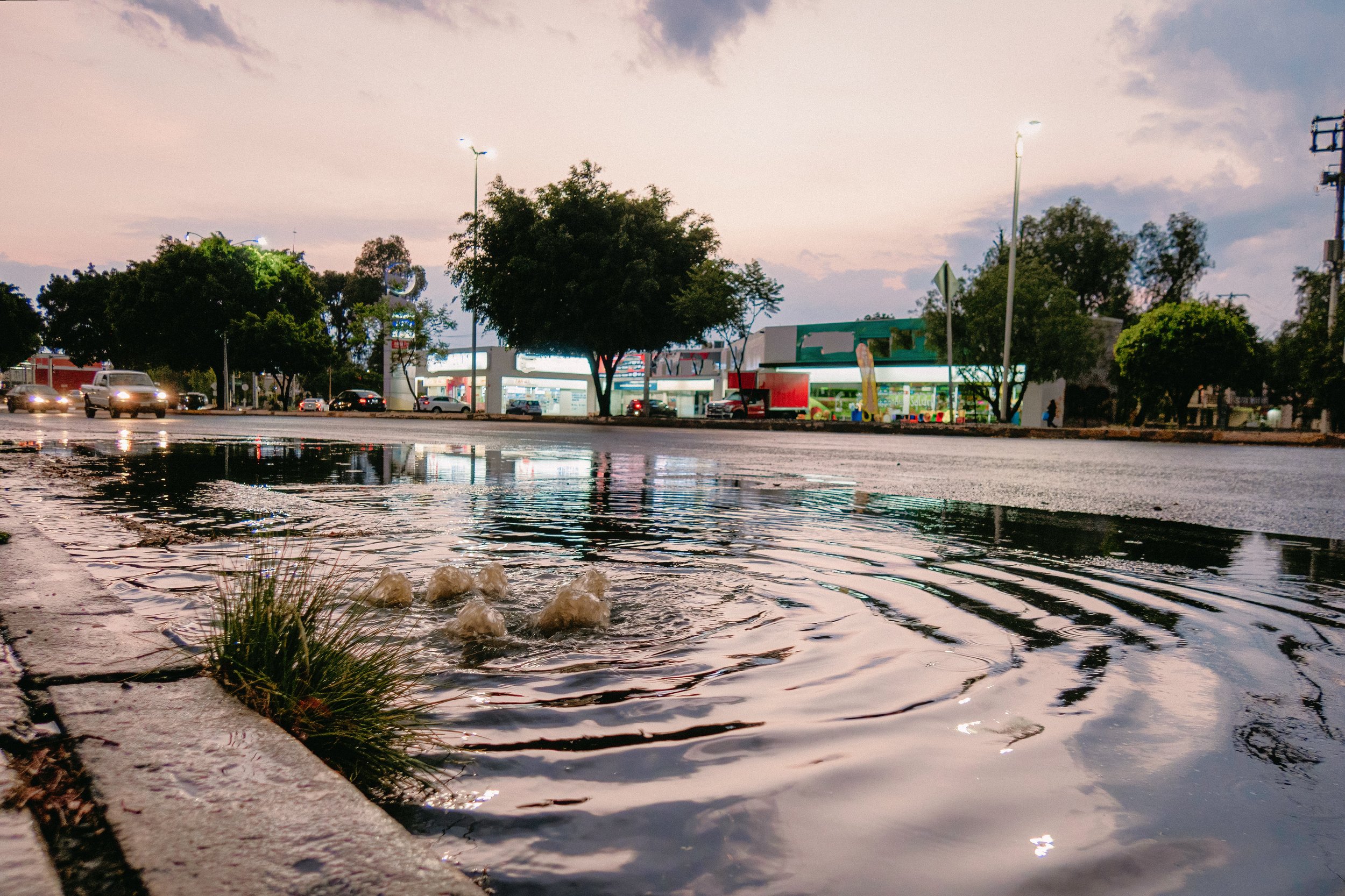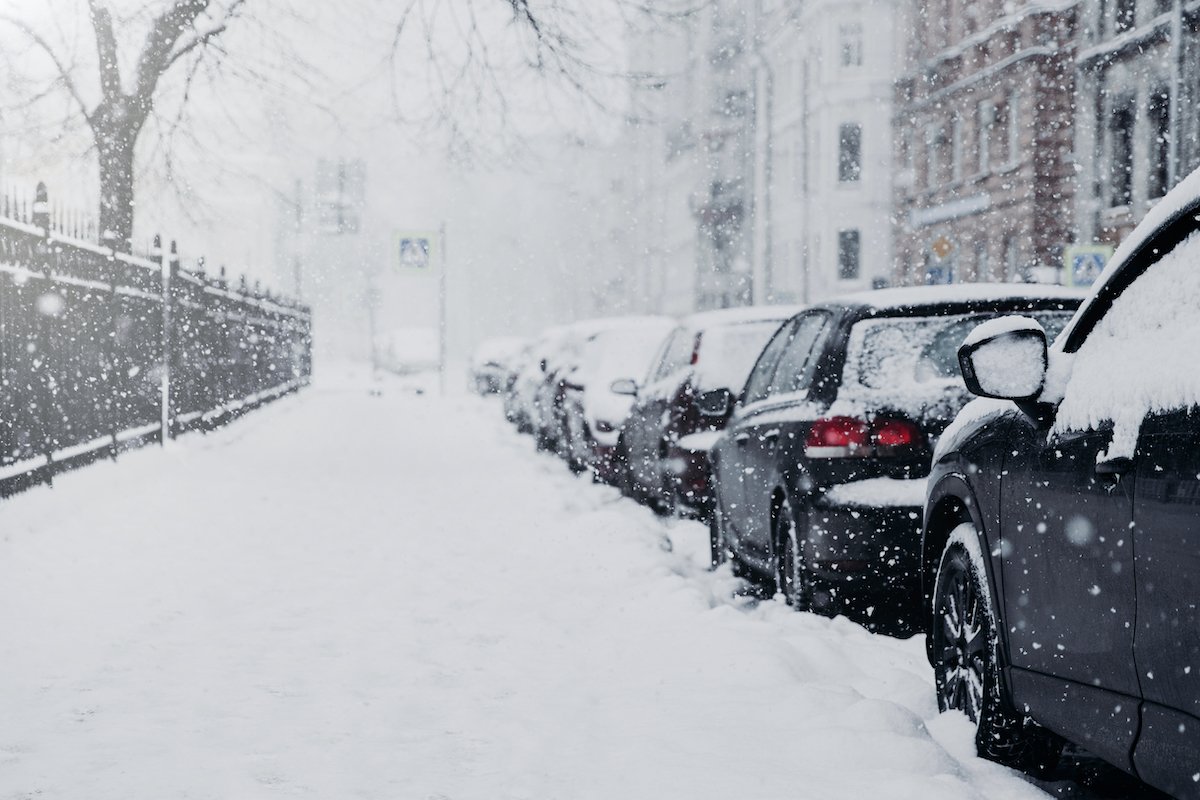Severe Weather Preparedness - Tornadoes
Languages: English
Media Editing: The video module(s) in this subject are editable under our Content Studio offering unless otherwise indicated. For more information about Content Studio, contact your CSM.
Description: Like other severe weather events, tornadoes are dangerous and can cause serious harm to people, nature, and buildings in their path. It's essential that anyone who could potentially experience a tornado knows how to prepare for it, shelter during it, and resume life after it. In this subject, learners will be taught important facts about tornadoes and how they form, where and where not to shelter during one, and to safely clean up damage after one occurs.
Languages: English
Media Editing: The video module(s) in this subject are editable under our Content Studio offering unless otherwise indicated. For more information about Content Studio, contact your CSM.
Description: Like other severe weather events, tornadoes are dangerous and can cause serious harm to people, nature, and buildings in their path. It's essential that anyone who could potentially experience a tornado knows how to prepare for it, shelter during it, and resume life after it. In this subject, learners will be taught important facts about tornadoes and how they form, where and where not to shelter during one, and to safely clean up damage after one occurs.
Languages: English
Media Editing: The video module(s) in this subject are editable under our Content Studio offering unless otherwise indicated. For more information about Content Studio, contact your CSM.
Description: Like other severe weather events, tornadoes are dangerous and can cause serious harm to people, nature, and buildings in their path. It's essential that anyone who could potentially experience a tornado knows how to prepare for it, shelter during it, and resume life after it. In this subject, learners will be taught important facts about tornadoes and how they form, where and where not to shelter during one, and to safely clean up damage after one occurs.
Topics
How to Prepare for a Tornado
-
Tornadoes can form at any time of the year, so it’s important that you know what they are and how to prepare for them. In this topic, you’ll learn various facts about tornadoes, as well as what you should do to make sure you’re ready in case one forms in your area.
-
Questions (level 1, 2, 3)
Video module
-
This topic is currently available in English.
-
Tornadoes are unpredictable and can occur at any time of the year, so you should always be prepared for one.
A tornado is a rotating column of air that forms during thunderstorms. It stretches from the base of the storm to the ground and can create winds over 200 mph (321 kmph) that can cause extreme destruction.
Pay attention to weather reports and alerts during thunderstorms so you’re aware of any tornado watch or warning being issued.
Early signs of a tornado include dark clouds that appear greenish-yellow, a “wall” of clouds forming, precipitation like heavy rain or hail, a roaring noise from the wind, and funnel-shaped clouds.
A tornado watch will be announced when the current weather conditions could result in a tornado. Be prepared to act quickly and continue to check for updates.
A tornado warning means that there is an immediate threat of a tornado forming or that one has already been seen. During a warning, take shelter right away.
If you see a possible tornado in the weather forecast, examine both the inside and outside of your home and remove any potential hazards like dead branches and shrubs, loose outdoor furniture, items hung on walls, and other unsecure items that might fall.
Prepare an emergency kit and practice your emergency plan well before a storm hits your area. The kit should have enough supplies to last for up to three days in case you need to shelter-in-place or evacuate the area in a hurry.
How to Stay Safe During a Tornado
-
Tornadoes are dangerous weather events, and they can happen at any time. In this topic, you’ll learn what you should do to keep yourself safe during a tornado, including where and when to shelter, what to avoid doing, and what to do if you’re outside during a tornado.
-
Questions (level 1, 2, 3)
Video module
-
This topic is currently available in English.
-
If possible, take shelter in an underground area during a tornado, like a storm cellar or basement. These are the safest places to be so that you’re sheltered from possible building damage.
If you can’t shelter underground during a tornado, shelter in a small indoor room on the ground floor of the building that doesn’t have any exterior walls.
Debris can be blown around by the tornado’s high winds and cause serious danger. Cover your head and neck with your arms or anything else that’s around you, like a rug or furniture, when sheltering.
When you need to shelter from a tornado, avoid sheltering in auditoriums, cafeterias, gymnasiums, churches, or other similar types of buildings. These structures have flat, wide roofs that can collapse more easily during a storm.
If there is a tornado in your area, seek shelter and stay there until it passes; do not try to outrun it or chase the tornado in a vehicle.
If you’re driving when a tornado touches down and you can’t find a building to take shelter in, try to find a low-lying area beside the road to shelter in, like a ditch or ravine, and cover your head and neck. The lower you are, the safer you will be.
What to Do After a Tornado
-
After a tornado occurs, it’s important that you take the proper steps before leaving your shelter and beginning to clean up any damage from the storm. In this topic, you’ll learn what to look for, what to avoid, and how to stay informed on developments of the tornado after it has finished.
-
Questions (level 1, 2, 3)
Video module
-
This topic is currently available in English.
-
After a tornado occurs in your area, avoid going near any power lines that have fallen down. They could still be dangerous if they’re carrying an electrical current.
When you’re assessing the damage of your home or workplace after a tornado, always wear boots, gloves, eyewear, and clothing that covers all your skin, so it’s not exposed.
When you’re walking around your area after a tornado, be aware of broken glass or sharp debris that could have been blown around by the tornado.
After a tornado is over, if you come across a building that has been damaged by it, do not go inside. The building could still be unstable so you shouldn’t risk entering it, and instead notify the authorities.
After a tornado occurs, stay up to date on new developments by listening to the radio or watching the news. The authorities will tell you when it’s safe to stop sheltering.





